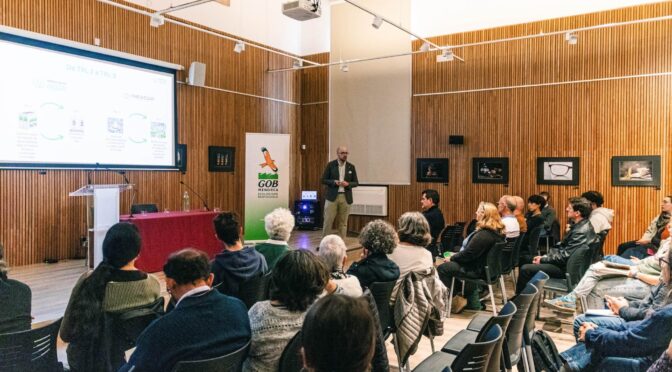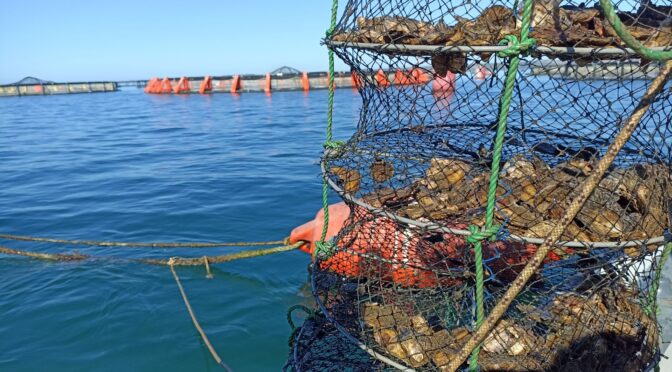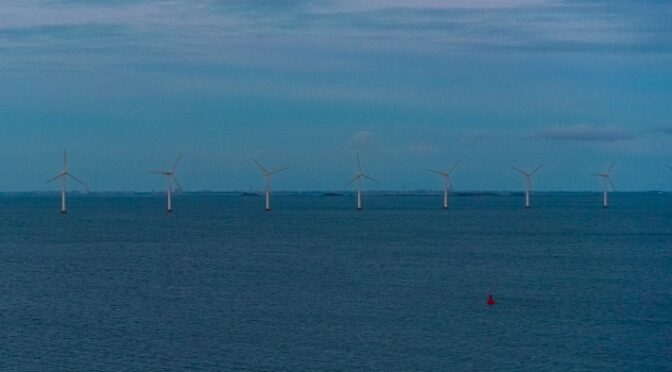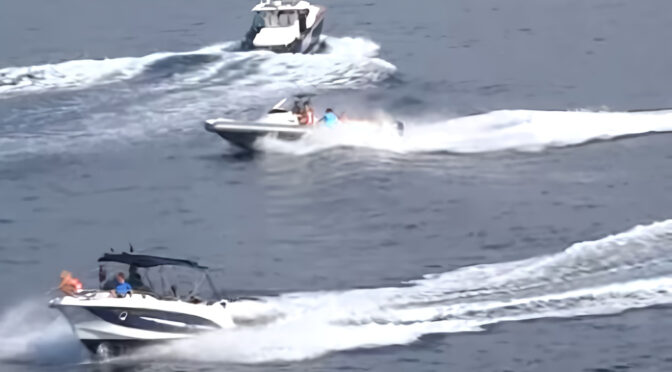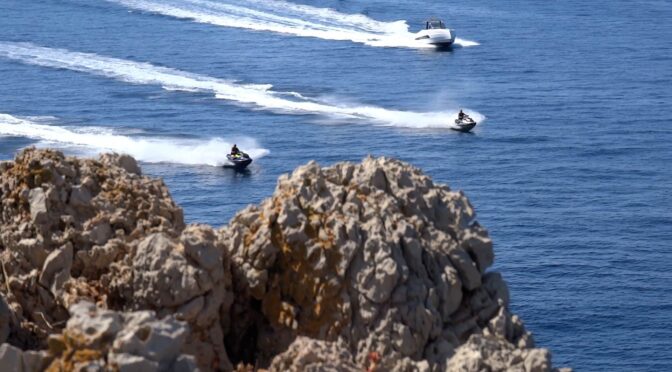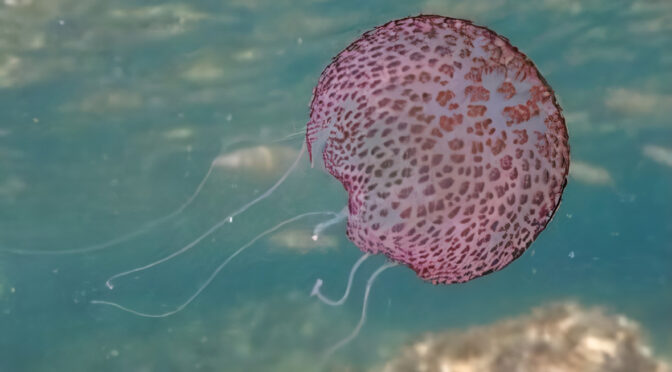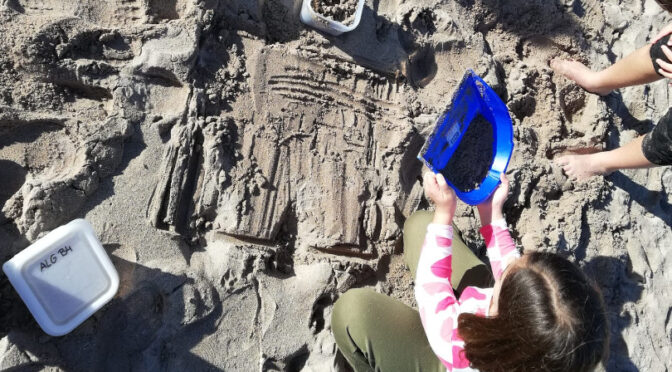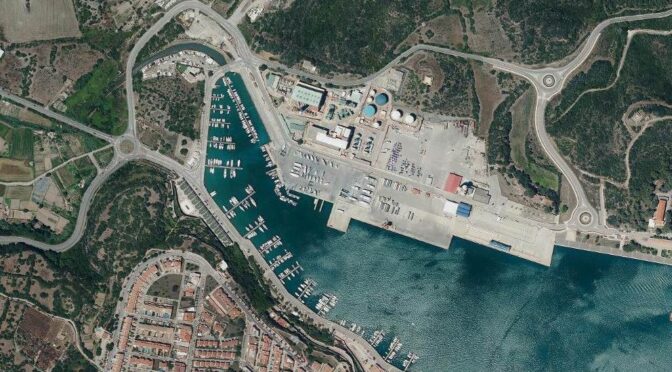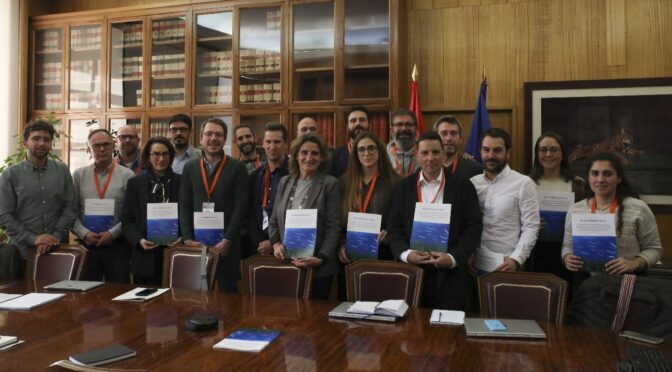Views: 120
This summer has been one of the most impacted by nautical overcrowding. Various accidents in the Balearic Islands, caused by the high density of boats and the behavior of some vessels, have increased the sense of vulnerability among those who want to safely enjoy the marine environment.
Most users of the coast don’t rely on motorized vessels. They are swimmers, snorkelers, surfers, or kayakers, and they feel threatened by an overwhelmed coastline.
GOB has submitted objections to the “Preliminary Draft Law for the Integral Management and Regulation of the Balearic Islands’ Coastline.” This legislative proposal by the Balearic Government raises several questions that need to be addressed.
Continue reading Rationalizing coastal management for its improvement →

